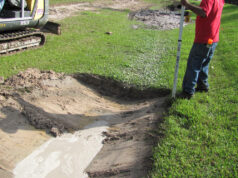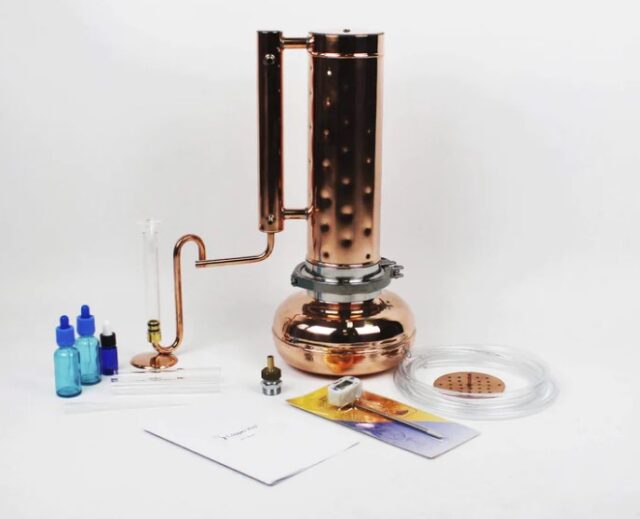
Home distillation is a rewarding and intricate hobby that allows individuals to explore the science of purification and the art of spirit crafting. For enthusiasts looking to delve into this practice, the right equipment is crucial. Whether you’re a beginner interested in creating distilled spirits or an experienced distiller refining your craft, high-quality home distillation equipment can make all the difference. To embark on this journey, sourcing your apparatus from trusted suppliers is vital. For those seeking to equip themselves with the finest tools, home distillation equipment offers a range of options tailored to your distilling needs.
What is Home Distillation?
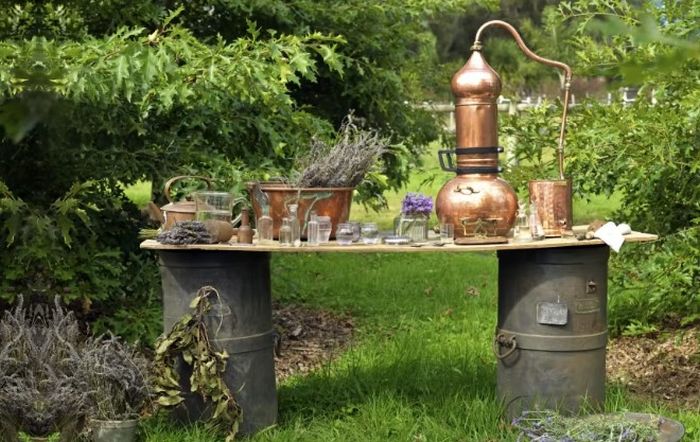
Distillation separates components or substances from a liquid mixture using selective boiling and condensation. Producers commonly employ this method for crafting spirits, and it also serves well for distilling water, essential oils, and other concentrated extracts.
The Legal Landscape
It’s important to acknowledge the legal considerations of home distillation: in many areas, distilling alcohol for personal consumption without proper licensing is against the law. Always ensure that you are fully informed and compliant with the regulations in your locality before beginning.
The Essential Home Distillation Equipment
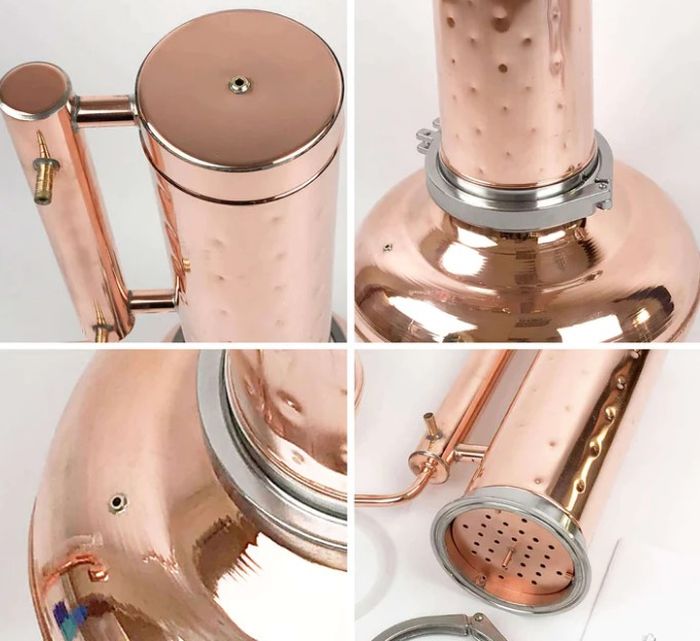
The configuration of a home distillation setup will vary depending on the intended use—whether for distilling spirits, essential oils, or water. Here is what you would generally need for distilling souls:
The Boiler
The boiler serves as the initial component where the liquid mixture is heated, initiating the process that generates vapor. Boilers range from simple pots suitable for stovetops to larger, standalone units.
The Condenser
The condenser’s role is to cool the vapor, turning it back into a liquid. Typically, it is a coiled tube that allows for cold water circulation, facilitating the condensation of the steam.
The Column
For a distillate of higher purity, distillers frequently include a column in their setup. It allows for a more refined separation by providing a space for repeated vaporization and condensation cycles.
The Collection Vessel
The distillate, once condensed, is then collected in a vessel. The design and material of this container can vary widely depending on the distiller’s preferences.
Understanding the Distillation Process
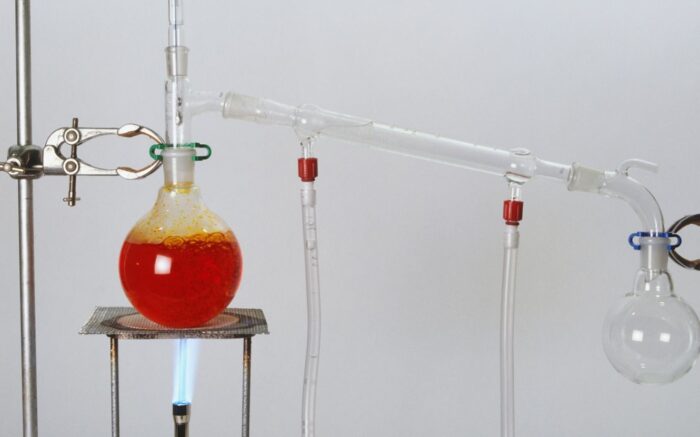
Distillation can seem complex, but it’s fundamentally about manipulating physical properties to achieve separation. The steps typically include:
- Preparation of the Mash
For spirits, you start with a mash made from grains, fruits, or other fermentables. They ferment this to create a liquid rich in alcohol.
- Heating the Mash
You would then heat the fermented mash in the boiler to vaporize the alcohol, which has a lower boiling point than water.
- Condensation
The rising vapor enters the condenser, which cools down and reverts to liquid form.
- Collection
The liquid, now with a higher alcohol content, is collected. Distillers may distill this liquid again to enhance its purity and alcohol content.
Refining Techniques and Mastery of Craft
The Significance of Raw Ingredients
In the art of home distillation, the selection of raw ingredients forms the foundation of the entire process. High-quality grains, fruits, and botanicals lead to a more flavorful distillate. Each ingredient must be chosen with care, considering how it will contribute to the taste, aroma, and purity of the final product. For instance, choosing corn and rye as the primary grain in whiskey production significantly impacts the spirit’s character.
The Mash Bill: Recipe for Success
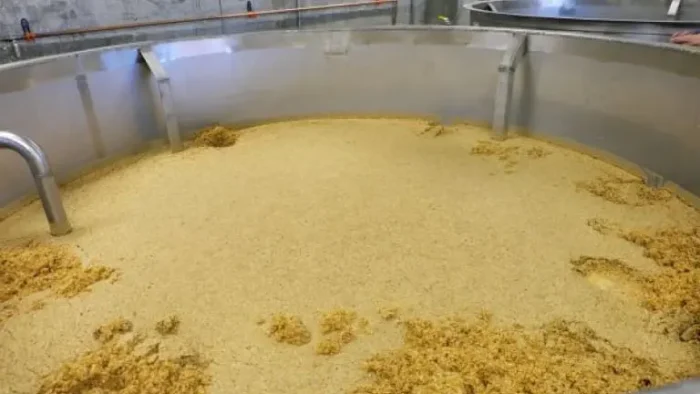
A distiller’s mash bill, or the recipe of grains used in the production of spirits, is a closely guarded secret that defines the uniqueness of the distillate. A well-designed mash bill considers the fermentability, flavor profile, and enzymatic activity of the grains. This deliberate balance dictates the quality of the mash and, subsequently, the essence of the distilled spirit.
The Art and Science of Fermentation
Yeast Selection and Fermentation Dynamics
Yeast plays a pivotal role in fermentation, which converts sugars into alcohol. The choice of yeast strain affects the speed and efficiency of fermentation and the congeners—complex organic molecules that contribute to taste and aroma—produced during this stage. Understanding the nuances of fermentation dynamics is crucial for a distiller aiming to perfect their spirit’s flavor profile.
Controlling the Fermentation Environment
Controlling the environment in which fermentation takes place is equally important. To ensure a consistent and controlled fermentation process that yields a predictable and desired outcome, distillers must manage factors like temperature, pH levels, and oxygen exposure actively.
Advanced Techniques and Considerations
Reflux Distillation
For those aiming for an exceptionally pure distillate, reflux distillation is a technique that involves recycling a portion of the condensate back into the distillation system.
Temperature Control
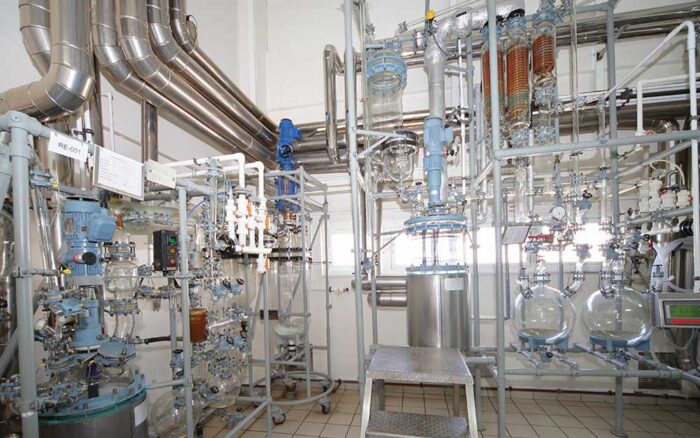
Maintaining the correct temperature is critical as different components vaporize at different temperatures, and precise control can lead to a more desirable distillate.
Safety Measures
As with any process involving heat and alcohol, safety should be your top priority. Proper ventilation, strict temperature monitoring, and the use of reliable equipment are all essential to prevent any mishaps.
Crafting Spirits at Home
For those drawn to the craft of spirit making, setting up and mastering home distillation equipment is a profoundly fulfilling experience.
Flavor Profiling
The distillation process is both an art and a science. Developing the flavor profile of spirits involves a deep understanding of distillation and how various factors affect the final taste.
Aging and Storage
Post-distillation, spirits often undergo aging. The choice of storage, such as wooden casks, can significantly influence the spirits’ flavor and character.
The Creative and Cultural Aspect of Home Distillation
Distillation as an Expression of Culture and Tradition
Home distillation is not just about producing a consumable product; it also expresses cultural heritage and personal tradition. Many home distillers draw inspiration from their ancestors’ methods, adding modern twists to traditional recipes. This continuity of tradition enriches the distillation community with a sense of shared history and innovation.
Crafting a Personal Narrative Through Spirits
Each batch of spirits tells a story—a narrative of the distiller’s technique, choice of ingredients, and the patience poured into the aging process. By crafting spirits at home, distillers can create a personal narrative that can be shared and savored with friends and family.
The Role of Technology and Innovation
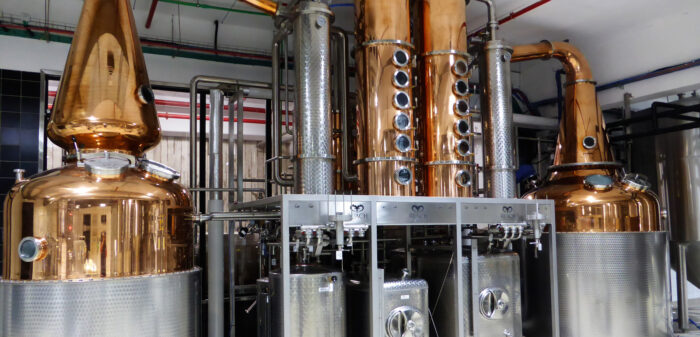
Technological advancements have made home distillation equipment more sophisticated, accessible, and safer. Features like automated temperature control, durable materials, and innovative designs ensure better quality and safety for home distillers.
Embracing the Community of Home Distillers
Learning and Sharing Knowledge
The community of home distillers is a vibrant and collaborative space. Seasoned veterans and novices alike share knowledge, discuss techniques, and provide support to one another. This community is a valuable resource for those looking to improve their craft and troubleshoot any issues during the distillation process.
Competitions and Craft Spirit Events
Participation in competitions and craft spirit events can be an excellent way for home distillers to showcase their products, receive feedback, and gain recognition for their skills. These events also serve as a platform to observe and learn about the latest trends and techniques in the craft distillation landscape.
Future Trends and Sustainability in Home Distillation
The Move Towards Eco-friendly Practices
Sustainability is becoming increasingly important in all production areas, including home distillation. Organic raw materials, energy-efficient equipment, and waste-reducing techniques are areas where home distillers can contribute to a more sustainable practice.
Innovations in Distillation Technology
As technology evolves, so do the tools available to home-distillers. Innovations like intelligent stills that provide real-time data and automated adjustments are on the horizon, making the distillation process even more precise and user-friendly.
Conclusion: The Evolving Craft of Home Distillation
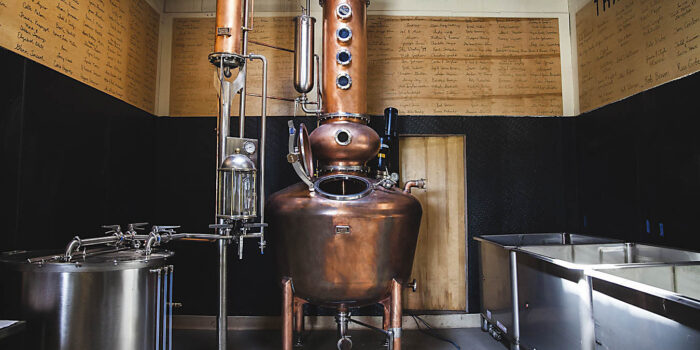
Home distillation is a dynamic and multifaceted hobby that extends far beyond the creation of spirits. It is a journey that involves deep cultural roots, scientific exploration, and the joy of crafting something uniquely personal. With a commitment to quality, safety, and continuous learning, the modern home distiller can achieve levels of mastery that were once the exclusive domain of professional distilleries. As the community of home distillers grows and technology advances, enthusiasts continually push the boundaries of what they can achieve with home distillation, evolving the craft for those passionate about the art of distilled spirits.






